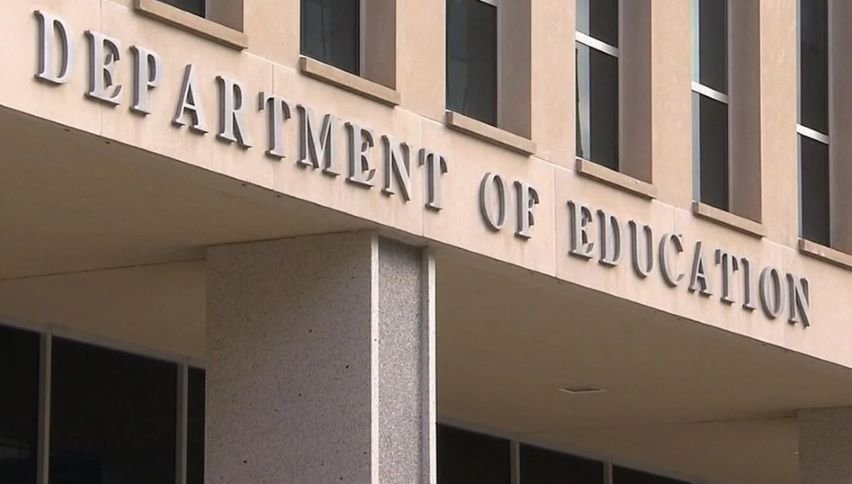Sweeping Layoffs at the US Education Department: A Policy Misstep?
Less than two weeks into her tenure as U.S. Secretary of Education, Linda McMahon has announced a massive reduction of nearly 1,300 jobs at the Department of Education. Justifying the move as a step to eliminate bureaucratic inefficiencies and redirect funds to states, McMahon’s decision has sparked widespread concerns over its long-term implications. While reducing government excess is a reasonable goal, the indiscriminate nature of these cuts raises serious questions about the future of education policy, civil rights enforcement, and student support services.
A Necessary Move or a Rash Decision?
McMahon’s rationale is clear—eliminate inefficiencies and increase state-level control over education funding. However, critics argue that such broad and haphazard layoffs could do more harm than good. While some programs and policies may require restructuring, the Department of Education plays a critical role in enforcing civil rights, overseeing accountability standards, and funding research to enhance learning outcomes. Removing essential personnel without a comprehensive review could result in unintended setbacks for students and educators alike.
As a former CEO of World Wrestling Entertainment (WWE), McMahon brings business leadership experience but lacks significant exposure to public education governance. This inexperience became evident when she failed to name the Individuals with Disabilities Education Act (IDEA), the country’s landmark special education law. Yet, within days of assuming office, she made a drastic move—slashing nearly half of the department’s workforce without clear evaluation criteria.
Impact on Education Policy and Research
These layoffs are more than just job losses; they threaten the very foundation of education policymaking. Among the most affected offices is the National Center for Education Statistics, which provides crucial data for shaping education policies and determining federal funding levels. With fewer researchers and analysts, Congress will be forced to legislate in the dark, making uninformed decisions that could further destabilize the system.
Additionally, cuts to education research funding could undermine advancements in special education, social-emotional learning, and technology integration. Millions of students with learning disabilities, behavioral challenges, and other special needs rely on research-backed interventions. A decline in funding could reduce innovation, leaving many students without access to effective learning programs and essential support systems.
Civil Rights Enforcement Under Threat
One of the most controversial aspects of these cuts is the downsizing of the Office for Civil Rights (OCR), which ensures that schools comply with federal anti-discrimination laws. With fewer staff members to investigate complaints, cases involving racial discrimination, disability rights violations, and gender-based inequalities could face massive delays.
A backlog in civil rights cases could also lead to legal challenges against the government, forcing federal and state agencies into costly litigation. Parents and advocacy groups are already preparing class-action lawsuits, further burdening public resources. Ironically, the push to cut costs may result in expensive legal battles, negating any intended savings.
Long-Term Consequences for the Education Workforce
Beyond immediate layoffs, McMahon’s decision is likely to have a chilling effect on future recruitment within the Education Department. With such widespread uncertainty and instability, top talent may avoid government positions altogether, leading to a decline in expertise, efficiency, and institutional knowledge. This could create a cycle where less-qualified individuals take on leadership roles, resulting in poor policy decisions and ineffective implementation.
A historical precedent exists—similar large-scale cuts in other federal agencies under previous administrations led to rehiring efforts and costly bureaucratic inefficiencies. Some employees were even paid not to work due to legal complications, raising serious doubts about the effectiveness of such rapid downsizing.
The Bigger Picture: What’s Next for American Education?
While government inefficiencies should undoubtedly be addressed, reckless policy decisions without thorough assessment risk long-term damage to students, educators, and future generations. If not reconsidered, these cuts could erode the U.S. education system’s ability to innovate, regulate, and adapt.
The Trump administration may need to reevaluate its strategy, ensuring that efficiency measures do not come at the cost of quality education, civil rights enforcement, and essential research. A balanced, evidence-based approach—rather than sweeping cuts—may be the key to sustaining a strong, equitable education system for all.
Will the government revisit this decision, or are these drastic cuts a sign of deeper systemic shifts? Only time will tell.
Also see:
Trump Announces “Reciprocal Tariff” Plan, Targets India and Other Nations
Tesla Signs Mumbai Showroom Lease, Marks Entry into Indian Market
EU Unveils €800 Billion Plan to Strengthen Defence
—————————————————————
It would mean the world to us if you follow us on Twitter, Instagram and Facebook




